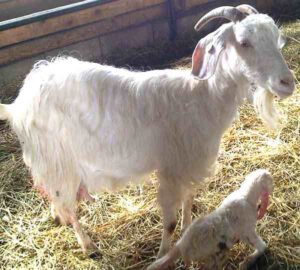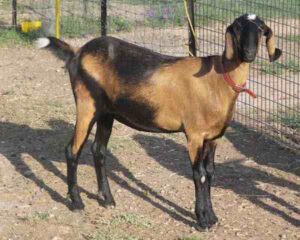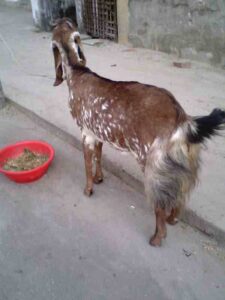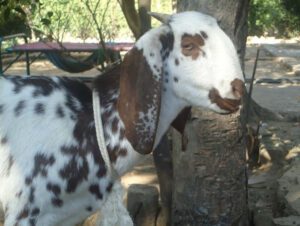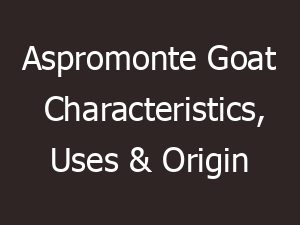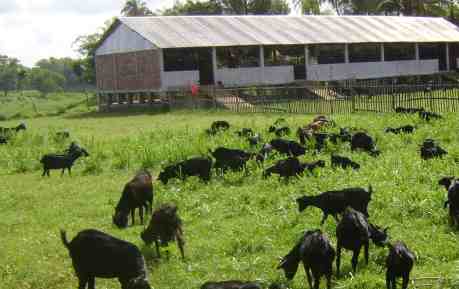The Mini Oberhasli goat is a miniature dairy goat breed. It is also called by some other names such as Miniature Oberhasli goat or Oberian. This mini dairy goat breed was created by breeding a Nigerian Dwarf with Oberhasli goat.
The Oberhasli goat is an excellent dairy goat from Switzerland, and the Nigerian Dwarf is also a good dairy goat breed. Cross between this two goat breeds has made this excellent dairy goat. And compared to the size, Mini Oberhasli goats are excellent milk producers. On average they can produce about 3 kg of milk daily.
So the Mini Oberhasli goat is considered by some people to be the best and ideal urban dairy goat. Because the breed is smaller in size than the standard dairy goats and produce more milk than the Nigerian Dwarfs.
Mini Oberhasli goats are considered as purebred after six generations of breeding Mini Oberhasli to Mini Oberhasli. They are registered by the privately owned Miniature Dairy Goat Association. And by The Miniature Goat Registry, which is nonprofit corporation. Today the breed is mainly kept as a dairy goat breed for milk production.
Mini Oberhasli Goat Characteristics
Mini Oberhasli goat is the smaller version of the standard Oberhasli goat. Minimum height for the bucks is 23 inches and 21 inches for the does. And maximum height for purebred Mini Oberhasli bucks is 30 inches and 28 inches for does.
The Mini Oberhasli goats are most often red bay in color with black markings. Although they also can be of pure black color and rarely red.
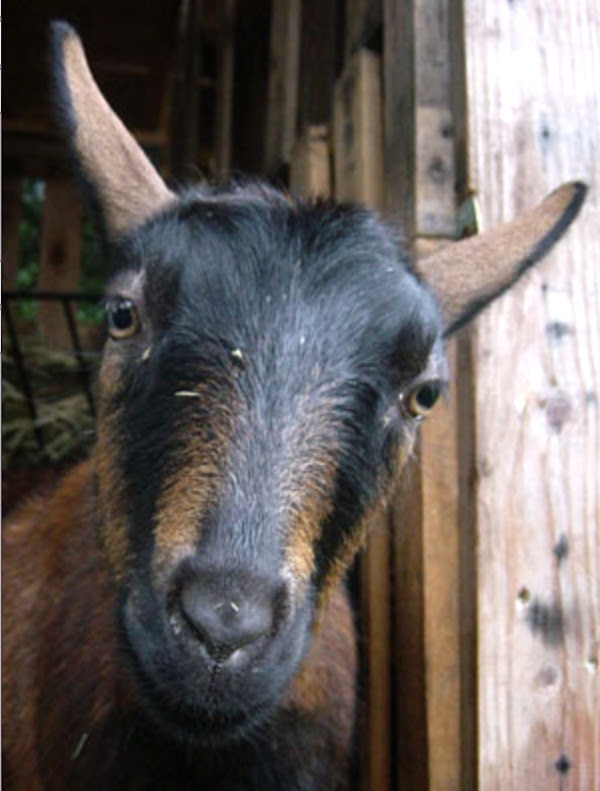
Uses
Mini Oberhasli goat is mainly used for milk production. It is among the best miniature dairy goat breeds and very suitable for milk production.
Special Considerations
The Mini Oberhasli goats are gentle in nature. They are usually friendly and have quiet personalities. The does are good milk producers, and can produce about 3 kg of milk daily.
Usually new mothers have only one kid, but older does can produce from one to four kids per kidding. They are also good for raising as pets, mainly because of their gentle temperament. Review full breed profile of this breed in the chart below.
| Breed Name | Mini Oberhasli |
| Other Name | Also known as Oberian or Miniature Oberhasli goat. |
| Breed Purpose | Milk |
| Breed Size | Small |
| Doe | Minimum 23 inches, maximum 30 inches |
| Buck | Minimum 21 inches, maximum 28 inches |
| Horns | No |
| Climate Tolerance | All Climates |
| Coat Color | Red bay and black |
| Good for Stall Fed | Not sure |
| Rarity | Common |
| Country/Place of Origin | United Sates |

